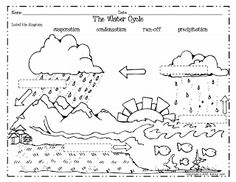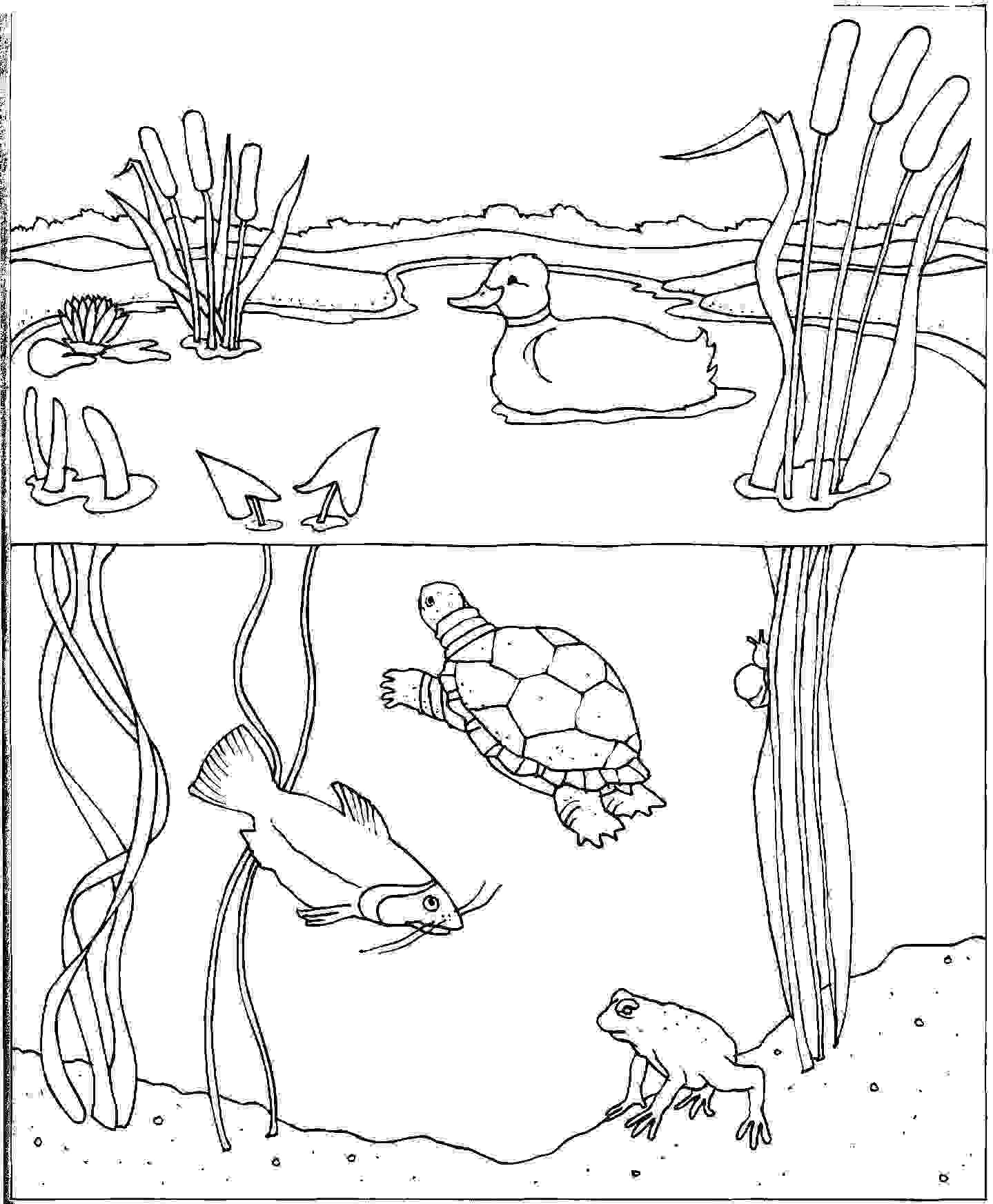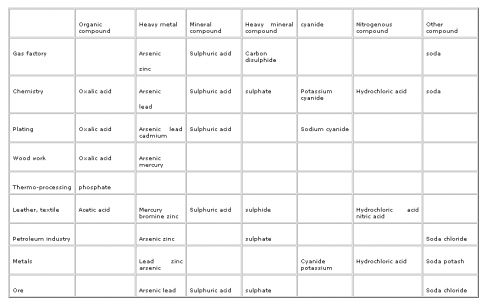Water Cycle Wheel Worksheet
If you're searching for an engaging and educational activity to teach your students about the water cycle, look no further than our Water Cycle Wheel Worksheet. This worksheet is designed to help young learners understand the various entities and subjects of the water cycle in a fun and interactive way.
Table of Images 👆
More Other Worksheets
Kindergarten Worksheet My RoomSpanish Verb Worksheets
Cooking Vocabulary Worksheet
DNA Code Worksheet
Meiosis Worksheet Answer Key
Art Handouts and Worksheets
7 Elements of Art Worksheets
All Amendment Worksheet
Symmetry Art Worksheets
Daily Meal Planning Worksheet
What is the water cycle?
The water cycle, also known as the hydrological cycle, is the continuous movement of water on, above, and below the surface of the Earth. It involves processes such as evaporation, condensation, precipitation, and transpiration, where water is transferred between the atmosphere, the land, and the oceans. Water evaporates from bodies of water, condenses into clouds, falls as precipitation, and eventually flows back to oceans, rivers, and groundwater, completing the cycle. This cycle plays a crucial role in maintaining the Earth's water balance and sustaining life on the planet.
Describe evaporation.
Evaporation is the process by which a liquid substance, such as water, transforms into a gas phase due to the thermal energy absorbed from its surroundings. This phase change occurs at the surface of the liquid as individual molecules gain enough kinetic energy to break free from the liquid's cohesive forces and escape into the air as vapor. Evaporation is influenced by factors such as temperature, surface area, humidity, and air movement, and plays a critical role in the water cycle by transferring water from the Earth's surface back into the atmosphere.
Explain condensation.
Condensation is the process by which a gas or vapor turns into a liquid. This occurs when the temperature of the gas or vapor decreases, causing the particles to lose energy and come closer together, forming liquid droplets. It is the opposite of vaporization, where a liquid turns into a gas. Condensation is a common natural phenomenon that can be seen on surfaces like windows on a cold day or in the formation of clouds in the atmosphere.
Describe precipitation.
Precipitation refers to any form of water, liquid or solid, that falls from the atmosphere and reaches the Earth's surface. This can include rain, snow, sleet, or hail, depending on factors such as temperature and atmospheric conditions. Precipitation plays a crucial role in the Earth's water cycle, providing the necessary moisture for plant growth, replenishing freshwater sources, and shaping the landscape through erosion and deposition processes.
What happens during infiltration?
Infiltration is the process where water seeps into the ground, moving through the soil and rocks. This helps replenish groundwater supplies, reducing surface runoff and erosion. During infiltration, the water is filtered and purified as it moves through the soil layers, eventually recharging aquifers and maintaining the water cycle in the ecosystem.
Explain runoff.
Runoff is the movement of water over the land surface that occurs when the amount of water falling as precipitation exceeds the capacity of the land to absorb it. This excess water flows over the surface, eventually making its way into rivers, lakes, and oceans. Runoff can pick up pollutants and sediment from the land, leading to water pollution and erosion, and also plays a significant role in the water cycle by replenishing bodies of water and contributing to groundwater recharge.
Describe transpiration.
Transpiration is the process by which plants lose water vapor through small openings in their leaves called stomata. This loss of water vapor helps to regulate the plant's temperature, transport essential nutrients and minerals from the soil to the rest of the plant, and maintain turgidity in the cells. Transpiration is an important part of the water cycle as it contributes to the movement of water from the soil, through the plant, and into the atmosphere.
What is groundwater?
Groundwater is the water found beneath the Earth's surface in soil pores and in the fractures of rocks. It fills the spaces between sediment particles and flows slowly through underground aquifers. Groundwater is a vital natural resource that supplies drinking water to many communities and plays a crucial role in sustaining rivers, wetlands, and ecosystems.
Explain how water returns to the atmosphere.
Water returns to the atmosphere through the process of evaporation, where sunlight causes water from oceans, lakes, rivers, and other sources to change from liquid to vapor. This water vapor rises into the air and forms clouds through condensation. Eventually, the water droplets in the clouds combine and become heavy enough to fall back to the earth's surface as precipitation in the form of rain, snow, sleet, or hail. This continuous cycle of evaporation, condensation, and precipitation is known as the water cycle, and it plays a crucial role in sustaining life on our planet.
Describe how the water cycle affects the Earth's ecosystems.
The water cycle is essential for sustaining Earth's ecosystems as it ensures a continuous supply of water for plants, animals, and humans. Through processes such as evaporation, condensation, precipitation, and runoff, the water cycle regulates the distribution of water across different ecosystems, providing hydration for plants to grow, supporting diverse habitats for aquatic life, and replenishing water sources for animals to drink. Furthermore, the water cycle helps in regulating temperature and climate, maintaining ecological balance, and supporting biodiversity, ultimately playing a crucial role in the overall health and functioning of Earth's ecosystems.
Have something to share?
Who is Worksheeto?
At Worksheeto, we are committed to delivering an extensive and varied portfolio of superior quality worksheets, designed to address the educational demands of students, educators, and parents.





























Comments